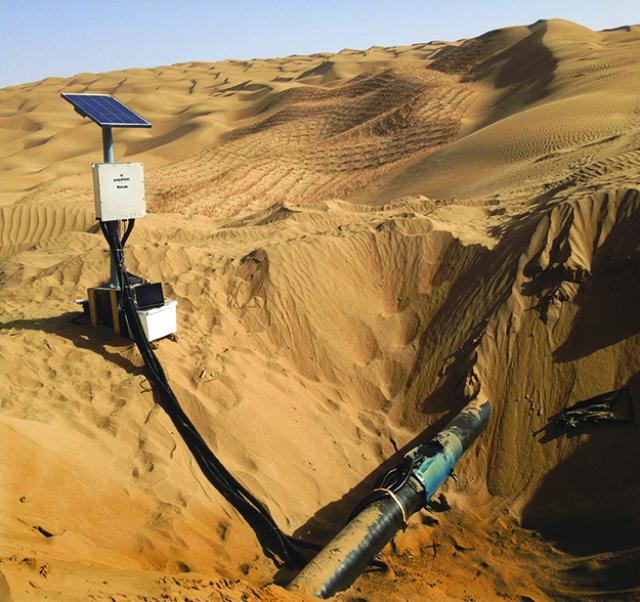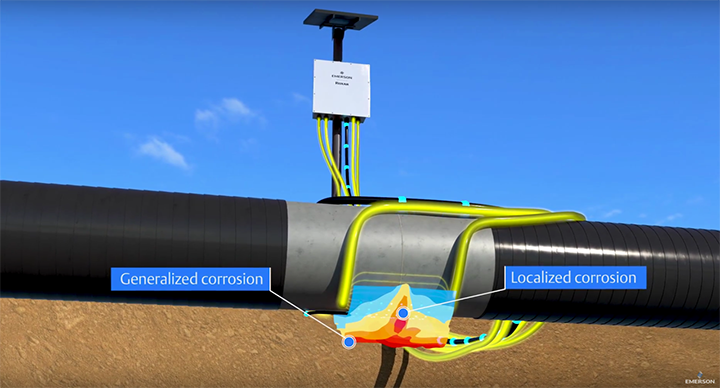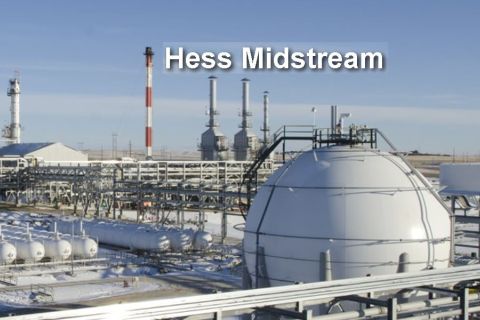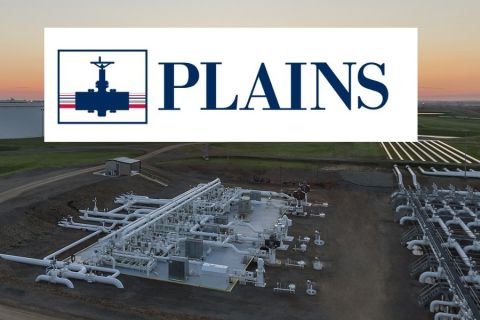
The field signature method is ideally suited for remote area pipelines. (Source: Emerson Automation Solutions)
The integrity of pipelines and their ability to safely and effectively transport gases and other fluids is one of the most important responsibilities of pipeline operators. The scale of this responsibility has increased multiple times during the past two decades. Today there are 3.5 million km (2.1 million miles) of pipeline in 120 countries around the world, with operators balancing the twin goals of securing high utilization rates and meeting strict safety requirements.
In the U.S., pipeline operators are required to abide by regulations put forth by the federal Pipeline and Hazardous Materials Safety Administration—in particular, the American Society of Mechanical Engineers (ASME) B31.8S and ASME 2012c standards.
These standards identify three key threats to pipeline integrity:·
- Threats that do not change over time and are often influenced by another condition or failure mechanism;
- Time-independent threats (e.g., human error) or outside factors (e.g., weather); and
- Time-dependent threats that can grow over time and include external corrosion, stress corrosion cracking and internal corrosion.
This article will focus on the threat of internal corrosion within pipelines—the deterioration of the metallic structure of the pipe as a result of an electrochemical reaction between the pipe material and the environment inside the pipe—and the latest technological advances to address it.
Corrosion can be devastating, leading to leaks and environmental and safety repercussions, reduced transportation capabilities and financial risk. In a 2016 National Association of Corrosion Engineers (NACE) impact study, the global cost of corrosion was estimated at $2.5 trillion.
Corrosion is often difficult to detect, especially when distinguishing between localized corrosion in small areas or zones on the metal surface and generalized corrosion uniformly distributed over a much larger area. The very components that generate localized corrosion and possible leaks, such as inorganic acids, salts, CO2 and H2S, are generally difficult to track within pipelines.
There are also the challenges of sourcing cost-effective pipeline monitoring over large and remote areas with the inevitable communications, cost, power, transportation and other logistical issues.
Combat Corrosion Practices
The different types of integrity assessment methods to tackle internal corrosion have mixed track records when operating separately.
In-line inspection covers a wide variety of tools and techniques, such as ultrasonic inspection, magnetic flux inspection, metal loss tools and pigging. Smart pigs (pipeline inspection gauges) play an important role in detecting stress cracking as well as general and pitting types of corrosion, with the highly tuned sensors gauging the thickness of pipes and identifying integrity issues (e.g., cracks, fissures, erosion and other problems).
However, there are drawbacks as well, such as the need to have pipelines configured to accommodate in-line inspection tools, access issues and the required specifications related to pressure, temperature, flow range, etc. There are also operational complications from shutdowns.
Another traditional technique to fight corrosion is direct assessment, whose methods have been ratified by NACE for dry gas, wet gas and liquid product pipelines, and consist of external corrosion direct assessment, internal corrosion direct assessment and stress corrosion direct assessment.
Again there are limitations to direct assessment from short pipeline sub-segments coverage, subjective operator selection of the excavation location, a low anomaly identification yield and the discrete nature of data points. What this can mean is that inspection data from a select few locations along the pipeline are used to characterize the integrity of the entire pipeline.
Field Signature Method
It is against this backdrop that Emerson is focusing on nonintrusive, online corrosion monitoring and the field signature method (FSM) as a highly effective means of combating internal corrosion and working alongside other techniques. The FSM is ideally suited for detecting all types of corrosion and, in particular, distinguishing between localized and generalized corrosion—a long-term issue with other pipeline integrity methods.
The FSM is based on feeding an electric current through a monitored section of a pipe, pipeline or vessel. The applied current sets up an electric field that is monitored as voltage drop values between a set of sensing pins installed on the external pipe wall.
The initial measurement sequence measures the voltage drop between all pairs of sensing pins and is called the field signature. Later measurements are compared to the field signature, where general corrosion can be seen as a uniform increase in voltage drops between all pin pairs, and localized corrosion as a local increase in the values.
FSM data can then be plotted as metal loss over time or in 3-D plots that show the distribution of corrosion over the monitored area.
Although the FSM is not a new technology by any means, Emerson’s Roxar FSM Log 48 Area Corrosion Monitor is a new pipeline integrity management tool that delivers permanent, cost-effective and online area corrosion and erosion monitoring for remote and large area pipelines.

The Roxar FSM Log 48’s corrosion monitoring capabilities keep internal localized and general corrosion in check. (Source: Emerson Automation Solutions)
The monitor—with 48 referring to the number of pins in the sensing pin matrix—is not only suitable for unpiggable pipes but also for high consequence areas, thereby reducing direct assessment and aerial surveillance costs. It also has a total cost of ownership of just one typical smart pig run of up to 10 km (6.2 miles), although this can vary according to the pig technology. Wireless local area network and cellular data transfer protocols, as well as built-in solar power options, also enable the solution to operate in remote areas—important criteria with many pipelines spread over some of the world’s most inhospitable terrain.
Inorganic acids, salts, CO2, H2S and other components that generate localized corrosion can also be tracked in real time through a tomographic image that depicts a full insight of the pipeline’s internal corrosion status.
Internal corrosion monitoring can only be fully effective when differing technologies and approaches work side by side. Through the FSM, operators have the real-time pipeline information they need to decide when and where to conduct pig runs, embark on integrity digs and direct assessment tests, and finally combat the ongoing threat of corrosion.
In this way, operators can gain control of their pipelines and provide operators with increased pipeline capacity and safety, reduced risks of failure and the very best in cost-effective, data-driven pipeline integrity management.
Recommended Reading
Hess Midstream Announces 10 Million Share Secondary Offering
2024-02-07 - Global Infrastructure Partners, a Hess Midstream affiliate, will act as the selling shareholder and Hess Midstream will not receive proceeds from the public offering of shares.
EQT CEO: Biden's LNG Pause Mirrors Midstream ‘Playbook’ of Delay, Doubt
2024-02-06 - At a Congressional hearing, EQT CEO Toby Rice blasted the Biden administration and said the same tactics used to stifle pipeline construction—by introducing delays and uncertainty—appear to be behind President Joe Biden’s pause on LNG terminal permitting.
TC Energy’s Keystone Back Online After Temporary Service Halt
2024-03-10 - As Canada’s pipeline network runs full, producers are anxious for the Trans Mountain Expansion to come online.
Enbridge Announces $500MM Investment in Gulf Coast Facilities
2024-03-06 - Enbridge’s 2024 budget will go primarily towards crude export and storage, advancing plans that see continued growth in power generated by natural gas.
Plains All American Names Michelle Podavin Midstream Canada President
2024-03-05 - Michelle Podavin, who currently serves as senior vice president of NGL commercial assets for Plains Midstream Canada, will become president of the business unit in June.





